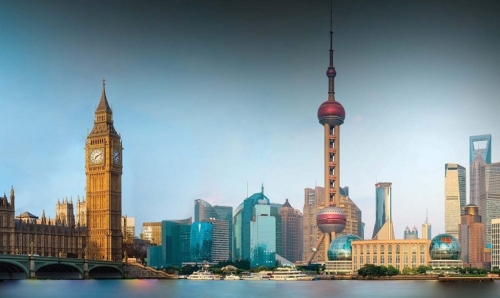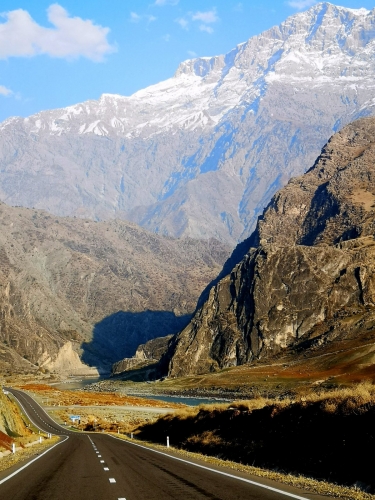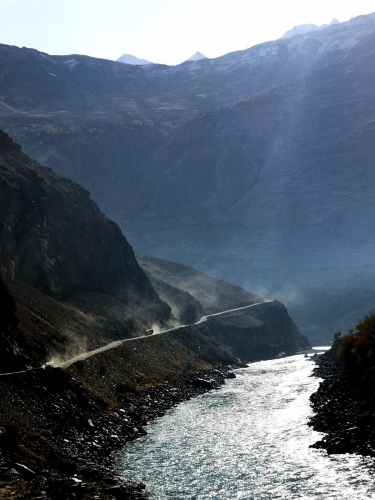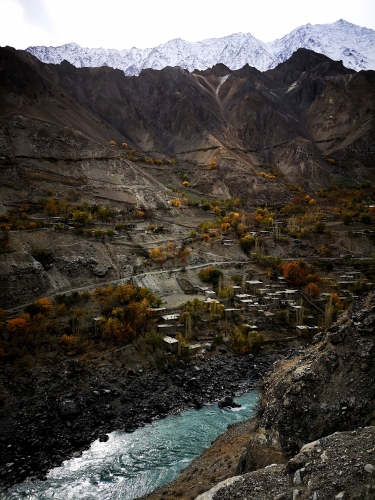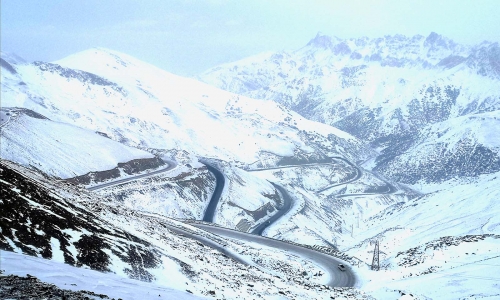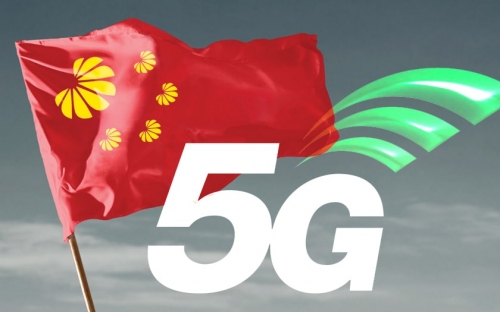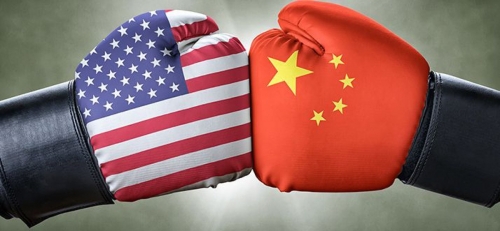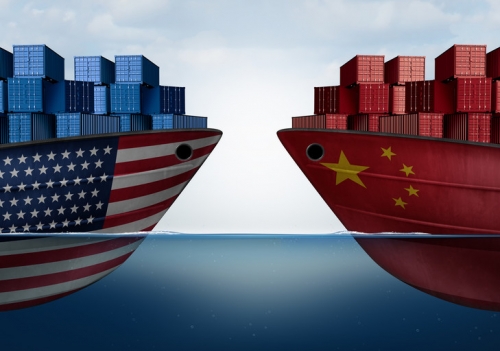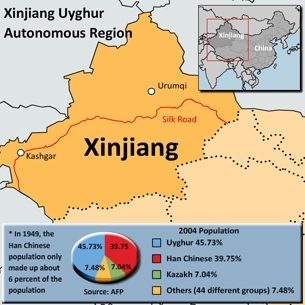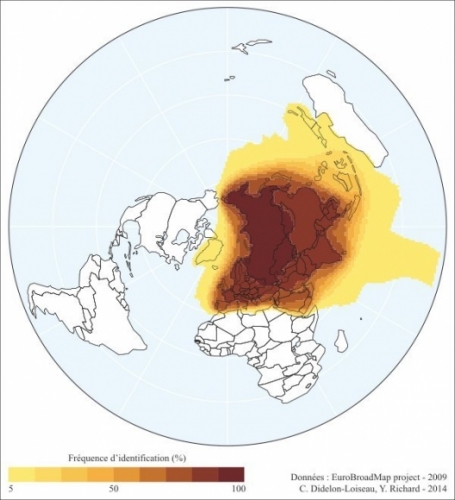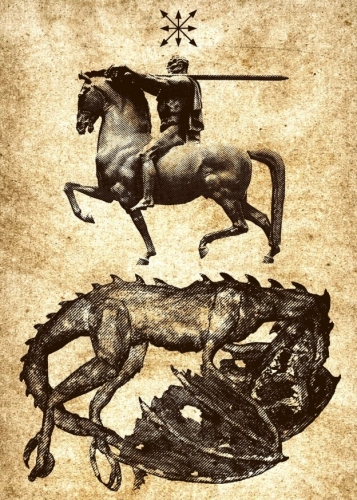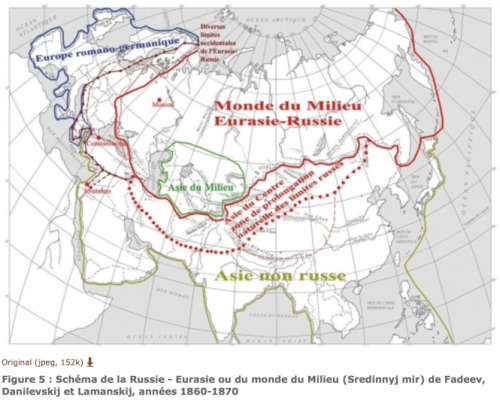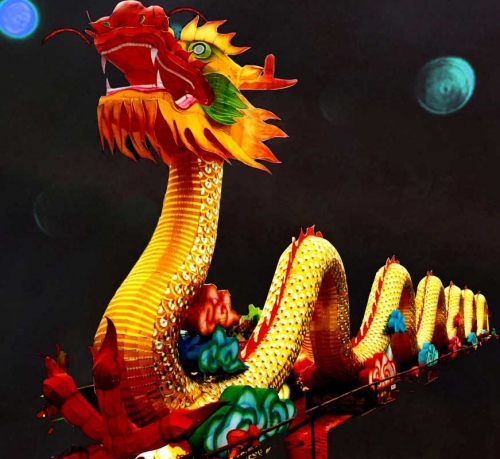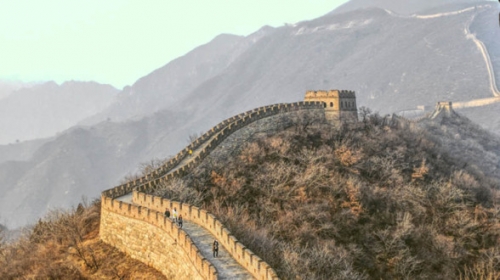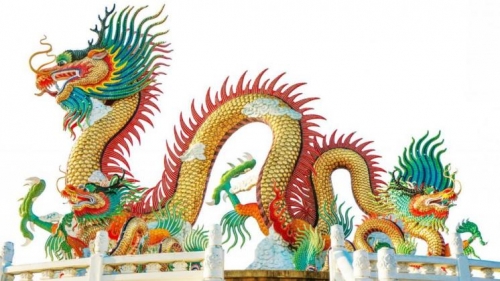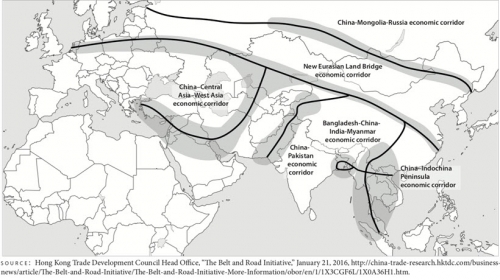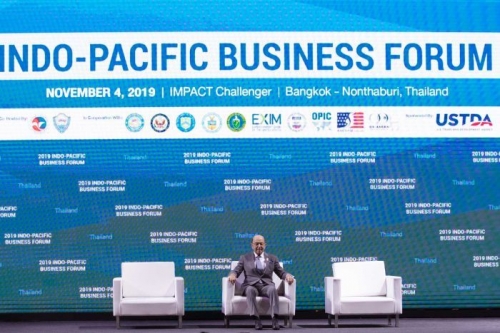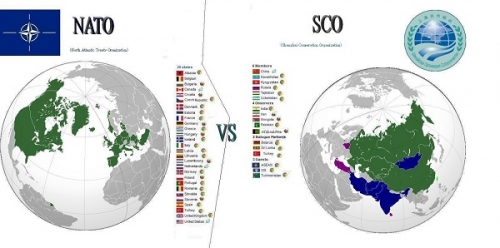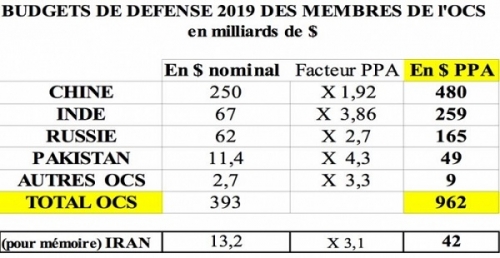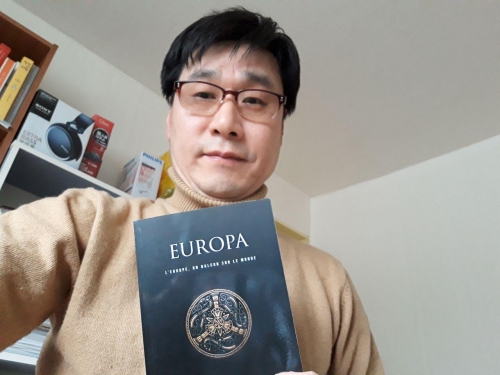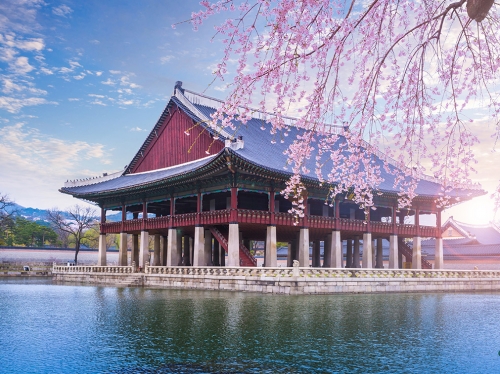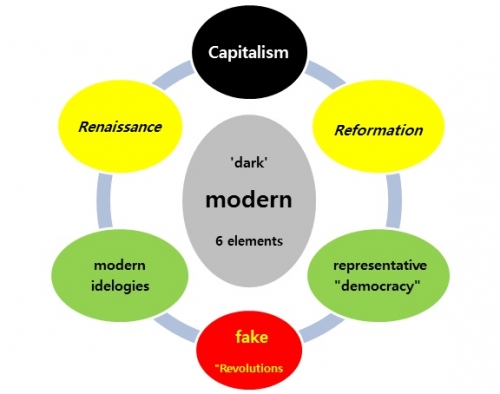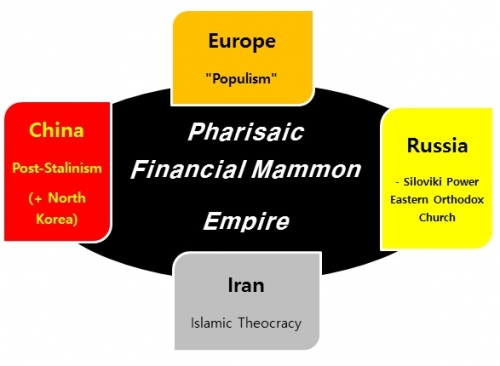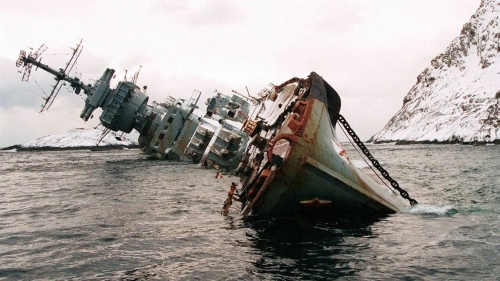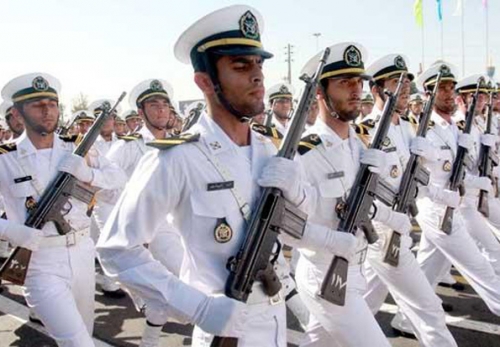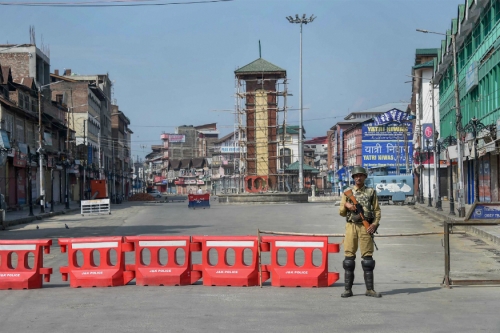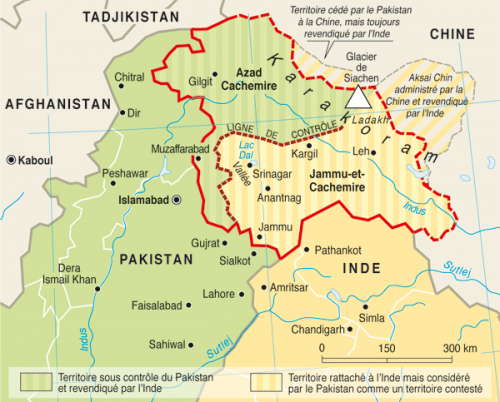L’Europe : «de l’Atlantique à l’Oural» ou «de Lisbonne à Vladivostok» ?
par Maruice Rossin*
Lors du 50e anniversaire de la signature du traité de Rome, date de la fondation de l’Europe, Poutine écrivait que l’Europe ne pourrait pas vraiment être elle-même sans la Russie, et que, « en même temps », la Russie ne cesserait jamais de manifester son grand désir d’Europe.
La Russie pourrait réveiller l’Europe pour réaliser avec elle une grande œuvre, la mise en valeur de l’espace sibérien. L’Europe s’étendra alors de Lisbonne à Vladivostok.
LES FAITS
Le 25 mai 2018 à Saint-Pétersbourg, dans un débat lors du Forum d’Affaires (SPIEF 2018), le président Macron énonce incidemment, comme une évidence, que « L’Europe va de l’Atlantique à l’Oural ». Le président du patronat russe, Alexandre Chokhine, lui coupe la parole pour rétorquer instinctivement : « non, l’Europe c’est de Lisbonne à Vladivostok ! ». Le président Poutine approuve pleinement cette répartie en confessant qu’il a été pris de court et qu’il allait faire la même réponse.
Ces échanges posent deux problèmes fondamentaux,
- la Russie est-elle européenne ? De nombreux hommes politiques le pensent en particulier en Europe.
- la Russie est-elle eurasiatique voire même asiatique ? La géographie de ses frontières l’impose.
L’occupation de l’espace sibérien apportera la réponse à ce dilemme, puisque la Russie, seule, ne pourra la réaliser.
ENJEUX
Far West ou Far East?
Dans un monde dominé de plus en plus par la finance internationale, l’existence de ressources minières gigantesques dans ses sous-sols associés à une population très faible – 2 habitants au km2 -, risque de faire de la Sibérie un objet de convoitise marchande plus que de respect historique et culturel. Cet attrait est d’autant plus fort que l’Asie densément peuplée, incapable de se nourrir, est située à côté de vastes territoires agricoles, inoccupés et inexploités.
Pour la Chine, c’est le Far West: la Sibérie est trop grande, trop proche, trop riche et trop vide de population pour rester russe. Pékin souhaite-t-il l’occuper humainement, économiquement, et la réintégrer dans son espace vital au nom du pragmatisme et de l’histoire ?
Pour la Russie, c’est le Far East: la Sibérie a été jusqu’à aujourd’hui son coffre-fort. Deviendra-t-elle, par une association étroite avec l’Europe, le cœur de cette Eurasie chère au Président Poutine? Le destin de la Russie est lié au succès de la mise en valeur de ses provinces sibériennes, c’est-à-dire de 77 % de son territoire. L’Europe trouverait alors un rêve mobilisateur de ses excès, de ressources financières et humaines, dans une continuité historique avec la construction d’un monde nouveau qui lui redonnerait espoir et raison d’être.
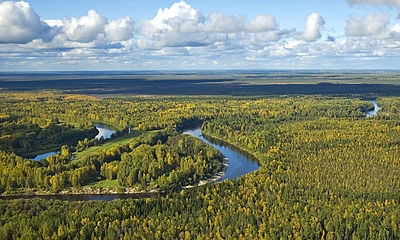
COMMENTAIRES PROSPECTIFS
« L’Europe de l’Atlantique à l’Oural » ou « l’Europe de Lisbonne à Vladivostok » ?
Si l’on parle de géographie figée dans la physique des reliefs, le président Macron a raison, mais il oublie les trois-quarts du territoire russe. Malgré toutes les sanctions, les groupes européens et en premier, français, restent très présents en Russie. La France était fin 2018 le 1er investisseur étranger en stock (17,1 Mds USD) soit 13% des flux d’IDE (1) entrants en Russie en 2018. Avec plus de 500 filiales françaises implantées (1200 entreprises ayant au moins un actionnaire français), la France est le premier employeur étranger en Russie (150.000+ salariés), devant l’Allemagne. 35 entreprises du CAC 40 sont présentes en Russie.
Si l’on parle de politique et de vision du futur, si l’on pense à l’avenir et que l’on donne au mot « Europe » un sens large aussi visionnaire que celui d’un Pierre le Grand il y a 400 ans, alors le président Poutine a aussi raison.
La Sibérie : or doux, or noir, or bleu, or vert mais c’est également :
- Un territoire de 13 millions km² (plus de 3 fois l’Europe des 27) et 38 millions habitants, mais occupé par les hommes depuis 200.000 ans,
- Une diversité géographique liée à l’immensité de son espace dont l’exploitation varie avec le temps. Le réchauffement climatique ouvre d’énormes possibilités agricoles,
- L’or bleu, avec le lac Baïkal et ses 20% des réserves d’eau douce du monde, avec 4 fleuves s’écoulant Sud-Nord de 4-6.000 km de long et 10-20.000 m3/seconde de débit, avec une voie maritime arctique maintenant ouverte. D’un transport actuel Ouest – Est avec le train, on va revenir au traditionnel Nord Sud plus conforme au relief et aux voies naturelles,
- L’or vert avec l’agriculture, l’élevage et les forêts :
- Des dizaines de millions d’hectares de terres favorables à la culture ou à l’élevage. Des forêts, avec 20% des réserves forestières et 50% des conifères du monde,
- Une occupation humaine sous des formes variées, avec
- Des peuples indigènes dispersés mais de grandes richesses culturelles, sauvés par les zibelines et « l’or doux de leur fourrure » qui, par le iassak (2) remplissait les caisses du tzar,
- Une colonisation sur les 500 dernières années, forcée pour les uns (éloignement pour ls tzars, goulag pour les communistes), refuge pour les autres, mais toujours une forte implication de l’Etat central. Stolypin avec sa politique volontariste, déplaça 4 millions de personnes en 10 ans, et sauva ces territoires russes des invasions étrangères en 1919.
- Une dépopulation dramatique depuis les années 1990 correspondant à un désengagement de l’Etat.
- L’or noir, avec Farman Soulmanov qui découvre le 21 juin 1960, que « la Sibérie flotte sur une mer de pétrole dont il est le premier explorateur navigateur ». (E Hoessli), auquel s’ajoutent toutes les richesses minières de la planète, métaux précieux ou non, c’est le coffre-fort.
Russie : la Sibérie ne pourra pas rester le coffre-fort russe où l’on prélève ce dont on a besoin. Il faudra impérativement l’intégrer dans l’espace russe. C’est le grand pari du président Poutine : mobiliser les ressources de toutes origines pour sa mise en valeur… tout en en restant le maître du jeu et en imposant priorités et rythme du mouvement. La Sibérie se développera-t-elle en restant russe grâce au concept d’Eurasie développé par le président Poutine, qui proposent une alternative à la globalisation mondiale de l’économie dominée par les Anglo-Saxons (FMI, BIRD, OMC…), avec ou sans l’Europe ?
Chine : les Chinois ont la mémoire longue et raisonnent dans la durée. La mise en valeur de l’Extrême-Orient russe nécessite des investissements importants et la stabilisation de la région par l’occupation de son espace part des paysans. La Chine possède les deux – fonds et hommes -, et en grandes quantités. Les IDE chinois en Russie sont dirigés en priorité au-delà de la frontière de la province du Heilongjiang. Le ministère du Commerce chinois estimait en 2017 que les investissements cumulés chinois en agriculture, forêts et pêches s’élevaient à plus de 3 milliards de $ jusqu’en 2016. Les paysans et éleveurs chinois ont commencé à traverser le fleuve Amourdès les années 1990, ils ont été organisés par des officiels de Heilongjiang avec des campagnes mixtes russo-chinoises. En 2011, c’étaient 6,9 millions de mou (ou 480 000 ha) de terres russes concernées par ce schéma. Malgré les difficultés bureaucratiques rencontrées par les producteurs pour exporter leurs produits sur la Chine (soja, maïs, colza), le mouvement est lancé et on est passé de 8 000 tonnes d’huile végétale exportées en 2011 à 220.000 tonnes en 2015/2016, et même 1 million de tonnes de soja en 2017.
Si l’on connaît approximativement les sommes investies par la Chine en Sibérie, on ne connait pas le nombre de Chinois qui s’y sont installés. Les chiffres, selon les sources et les objectifs recherchés, varient entre 150 000 et 15 millions. La Chine veut « réoccuper » les terres grâce aux hommes qui les cultiveront et investir conjointement dans l’exploitation des richesses minières et énergétiques. L’État central participe directement dans les investissements financiers importants, et organise, via ses régions limitrophes, les mouvements de colonisation des terres inoccupées russes voisines. C’est une stratégie qui s’inscrit dans la durée. Elle pourrait être gagnante.
Europe : l’Europe gère les actions et contradictions des 27 économies et peuples nationaux avec une boussole plus orientée vers le soleil couchant et le grand large atlantique, que vers le soleil levant et les richesses sans limites de ce continent « Eurasie » assis sur la chaîne de l’Oural. Les actions comme celles de Total vont dans la continuité de l’utilisation du coffre-fort sibérien, et non dans celui de la création de nouvelles richesses durables dans ses territoires désertifiés. Et pourtant, l’Europe – à commencer par la France – dispose d’un potentiel humain exceptionnel pour risquer et gagner le défi de la mise en valeur de l’espace naturel sibérien. Si l’État du Heilongjiang organise la colonisation des terres russes voisines avec méthode et succès, il n’en est pas de même pour les États Européens. L’homme seul peut rêver. Pour que le rêve devienne réalité, il faut organiser la colonisation de ces espaces nouveaux.
La mise en valeur de l’espace sibérien ou le nouveau Far East de l’Europe.
- Un espace aussi vaste ne peut être défendu durablement que par une occupation économique et humaine de son espace rural, dans l’esprit des paroles du Président Poutine : … pour la défense du territoire, « l’agriculture, c’est plus important que les fusils ».
- De nombreuses missions scientifiques ont sillonné la Sibérie depuis Pierre le Grand on dispose de très nombreuses informations scientifiques et humaines. « Le savoir d’avant est fondamental pour le construire d’après ». Au début du vingtième siècle, la Sibérie a été un grand producteur et exportateur de blé, de lait et elle peut le redevenir. « L’ensemble des exportations est construite sur la croissance du beurre sibérien » (Stolypine (3)), on taxait les céréales sibériennes, trop compétitives par rapport aux productions de la Russie européenne.
- On ne sait pas quelles productions domineront le marché dans 50 ans – soja et palme, qui dominent le marché des corps gras aujourd’hui étaient quasi-inconnus il y a 40 ans -. La Sibérie dispose d’un réservoir de génétique aussi important que celui de ses ressources minières. Soja et blé viennent de Sibérie. Et les scientifiques soviétiques puis russes, dans la lignée de Vavilov, disposent de collections de ressources végétales incomparables.
- Une chose est certaine : la nouvelle agriculture sibérienne ne sera pas une copie de l’agriculture de la Beauce ou de Krasnodar, il faudra l’inventer.
- Avant la conquête russe, les steppes sibériennes étaient parcourues par des dizaines de millions de vaches et de chevaux yakoutes, outre les millions de rennes plus au nord. Ne dit-on pas que, là-haut, c’est le renne qui a domestiqué l’homme et lui a permis d’occuper ces espaces du grand nord.
- Réoccuper la Sibérie, c’est définir une « colonisation » de son espace, en fixant les zones prioritaires, avec des schémas de financement adaptés, en inventant des modes de production propres à ces territoires nouveaux et suffisamment souples pour qu’ils puissent se définir au fur et à mesure de leur implantation : en quelques mots établir une dynamique entre la science, la finance et l’homme, ce dernier étant le plus important, donc le premier à mobiliser.
- La France dispose d’un monde agricole avec des ressources humaines qui ne peuvent s’exprimer, faute d’espace. Dans le domaine spécifique de l’élevage, elle dispose du premier troupeau de bovins européen dont l’adaptation aux conditions sibériennes a été couronnée de succès, et le gouverneur de Tioumen, Sergeï Sobianin, promoteur de cette opération, déclarait en 2002, « les bêtes, c’est bien, c’est un succès, mais ce dont nous avons besoin maintenant, ce sont de bergers, nous les invitons à venir s’installer… ». D’autres Européens – Hollandais, Allemands – sont intéressés par cette aventure comme leurs ancêtres le furent il y a un à deux siècles par l’épopée du Far West américain!
- Dans le monde actuel en crise, on a aussi d’autres groupes prêts à s’établir pour courir la nouvelle conquête de l’occupation de l’espace rural, comme les Boers d’Afrique du Sud, comme les Argentins en instabilité politique et économique chronique…. dès que le pays d’accueil, stable, montre son souhait de recevoir ces nouveaux défricheurs et garantit qu’ils pourront exprimer leur capacité de construire une agriculture nouvelle dans la durée.
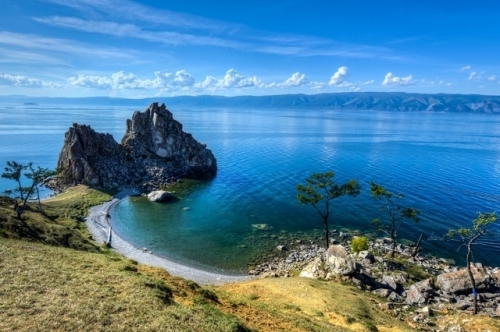
CONCLUSION
La Sibérie peut faire rêver en 2020, non seulement par l’exploitation de ses richesses minières, mais aussi par l’occupation de son espace géographique. Le monde de demain en aura besoin, car l’or bleu et l’or vert seront les piliers de la croissance future.
Les appétits des voisins immédiats sont immenses, c’est bien là le danger. L’Europe, un géant économique, peut trouver avec une politique coordonnée avec celle de la Russie, un domaine où, elle montrera qu’elle sait encore construire un avenir pour ses citoyens qui ont l’impression, aujourd’hui, d’être dans une impasse. Débridons leur capacité de produire et aidons-les à s’exprimer là où il y a des besoins pour de nombreuses années encore : en Sibérie, dans le Far East !
La Sibérie et l’Europe : Éléments de contexte
Interprétation géographique
Du point de vue de la géographie physique, la Russie s’étend sur une superficie totale de 17,1 millions de kilomètres carrés, dont 13,1 millions km2 constituent la Sibérie, ce qui signifie que 77 % du territoire russe se situe en Asie, si on admet que la chaine de l’Oural sépare l’Asie de l’Europe. À titre de comparaison, les États-Unis s’étendent sur 9,63 millions km2 et l’Europe des 28 (comprenant le Royaume Uni) avec ses 4,49 millions km2 représente à peine le tiers de la Sibérie russe. Dire alors que la Russie va de l’Atlantique à l’Oural revient ignorer 77 % de son territoire, ou mieux encore affirmer que les 13,1 millions de km2sont de fait des terrae nullius, alors que ces terres sont russes.
Interprétation historique et politique
Il faut se plonger dans l’histoire pour mieux comprendre la géographie et le sens politique attaché à l’expression « de l’Atlantique à l’Oural ». On comprendra alors pourquoi la frontière de l’Europe s’arrête à la chaîne de l’Oural pour les uns et va jusqu’à Vladivostok pour les autres, tout en sachant que l’Oural est plus proche de Lisbonne (6 000 km) qu’il ne l’est de Vladivostok (7 700 km), lui-même encore très éloigné de l’extrémité du territoire russe de la Tchoukotka qui borde le détroit de Bering.
• Ivan le Terrible (1530-1584) fut le premier tzar à s’intéresser à la Sibérie. Après avoir fait tomber le verrou tatare en 1552 avec la prise de Kazan, il confia la responsabilité de la marche vers l’Est à un riche entrepreneur venu du Nord, un Pomor (4) de la famille Stroganov. Ce fut donc un oligarque intéressé par le développement de ses affaires, qui le premier traversa cette chaîne de montagne de l’Oural et entreprit la conquête du khanat de Sibir avec les Cosaques venus du sud. Les nouveaux territoires étaient riches en fourrures et en minerais de toutes sortes, ils remplissaient les caisses de l’État. À titre comparatif, le Mayflower débarqua les premiers colons anglais en Amérique en 1624.
• Pierre le Grand (1689-1725), organisa l’empire russe avec une boussole qui était la science universelle dans tous les domaines, en particulier dans celui de la géographie. C’est son géographe officiel Vassili Tatitchev qui plaça la limite entre Europe et Asie sur les monts Oural.
Était-ce une décision purement de géographie physique sans raison politique, car il y a bien une chaîne de montagne qui marque la séparation des deux continents – Europe et Asie -, avec des grandes plaines de part et d’autre de cette ligne naturelle ?
Était-ce une décision politique prise dès le 18e siècle par un visionnaire comme Pierre le Grand sut l’être, avec :
– d’un côté l’affirmation d’appartenir à l’Europe avec la construction de la ville de Saint-Petersbourg,
– de l’autre l’affirmation d’être un territoire asiatique au-delà des frontières de l’Oural avec de nouveaux territoires allant jusqu’au Pacifique, occupés et protégés par les Cosaques ?
Les Cosaques avaient atteint l’océan Pacifique avec la mer d’Okhotsk bien avant la naissance de Pierre le Grand. Pierre aurait été l’initiateur de cette première décision politique plaçant la Russie à la fois en Europe et en Asie, ce qui aboutira plus tard au concept politique plus général de l’Eurasie, si cher au président Poutine. Ou faut-il y voir une vision maléfique du pouvoir russe comme le pense le think tank européen Thomas-More qui imagine que l’Europe a été arbitrairement délimitée à l’est par l’Oural par Tchikhatev-Pierre le Grand, pour que la Russie se trouve à cheval sur deux continents, et de ce fait, devenue la puissance continentale bi-continentale, elle irait dominer le monde en commençant par avaler la petite Europe ?
• Le général De Gaulle a utilisé la formulation « de l’Atlantique à l’Oural », qui sonne tel l’olifant, lors d’un discours prononcé à Strasbourg en novembre 1959 : « Oui, c’est l’Europe, depuis l’Atlantique jusqu’à l’Oural, c’est l’Europe, c’est toute l’Europe, qui décidera du destin du monde ! » De Gaulle, plus tard, en 1965 avait expliqué le sens qu’il entendait par cette formule : « Pour que cette Europe soit possible, il faut de grands changements. D’abord que l’Union soviétique ne soit plus ce qu’elle est, mais la Russie. Ensuite que la Chine menace ses frontières orientales, donc la Sibérie. Et que peut-il advenir dans un certain nombre d’années ? La formule permet de montrer aux Russes que la création d’une Union européenne occidentale n’est pas dirigée contre eux, n’est pas un acte de guerre froide ; elle entretient un certain espoir chez les Allemands de l’Est, les Tchèques, les Polonais, les Hongrois. Elle ne constitue cependant qu’une anticipation historique. » Ainsi De Gaulle voyait dans « l’Atlantique à l’Oural » une manière pour le continent de redevenir « l’élément principal de notre civilisation ». Ainsi De Gaulle :
– soit faisait l’impasse sur quatre siècles de l’histoire de la Russie en passant par les pertes et profits du 3/4 de son territoire,
– soit imaginait que la mise en valeur de ces nouvelles terres serait la grande œuvre de l’Europe de demain, comme le lui susurrait Kroutchev à Rambouillet quelques années plus tôt2.
• Plus tard, le président Sarkozy imaginera un autre « projet de civilisation », avec l’Union de la Méditerranée qui devrait être le « pivot de l’Eurafrique, ce grand rêve capable de soulever le monde. » Autant la chancelière allemande Angela Merkel épousait les grandes lignes de la tradition allemande avec les relations Est-Ouest, une voie rapide pour accroître les échanges avec la Chine, puissance économique mondiale, autant elle avait des doutes sur l’axe Nord-Sud. L’Allemagne préférait les Routes de la soie avec l’Eurasie aux voies d’ébène et de coton avec l’Eurafrique.
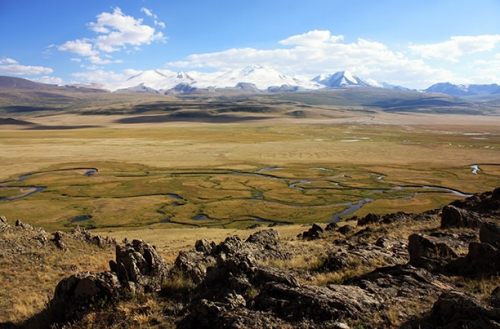
La Sibérie peut faire rêver en 2020, non seulement par l’exploitation de ses richesses minières, mais aussi par l’occupation de son espace géographique. Le monde de demain en aura besoin, car l’or bleu et l’or vert seront les piliers de la croissance de demain.
Les appétits des voisins immédiats sont immenses, c’est bien là le danger. L’Europe, un géant économique, peut trouver avec une politique coordonnée avec celle de la Russie, un domaine où elle montrera qu’elle sait encore construire un avenir pour ses citoyens qui ont l’impression, aujourd’hui d’être dans une impasse. Débridons leur capacité de produire et aidons-les à s’exprimer là où il y a des besoins pour de nombreuses années encore, en Sibérie, dans le Far East !
De coffre-fort de la Russie, la Sibérie sera devenue le cœur de l’Eurasie russe, battant au rythme de l’Europe
Notes :
(1) IDE : investissements directs étrangers
(2) le iassak (Ясак) ou l’impôt prélevé sur les fourrures (l’or doux), pour le compte du tzar.
(3) Piotr Stolypine : Premier Ministre de Nicolas II, promoteur de la colonisation rurale en Sibérie.
(4) les Pomors sont des colons russes vivant dans le bassin de la mer Blanche.
*Maurice Rossin : Contributeur invité.
Monsieur Rossin est ingénieur agronome. Il a créé, dirigé et conseillé différentes sociétés privées ou étatiques en Afrique, en Amérique Latine, en Asie centrale et en Europe. Il fut également conseillé agricole à l’ambassade de France à Moscou de 2003 à 2007.



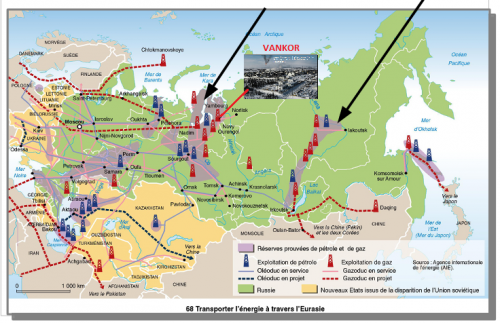

 del.icio.us
del.icio.us
 Digg
Digg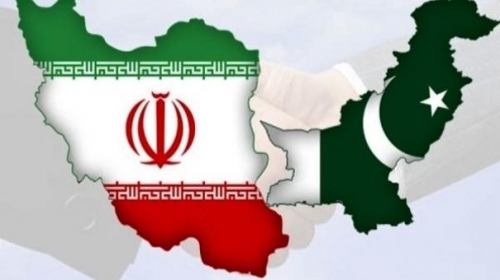
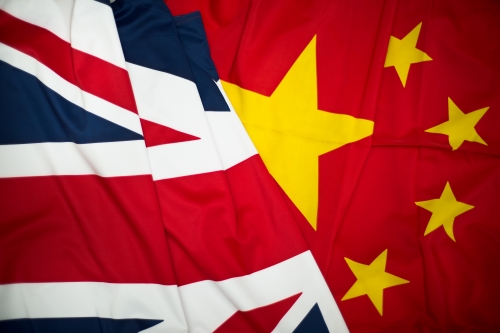
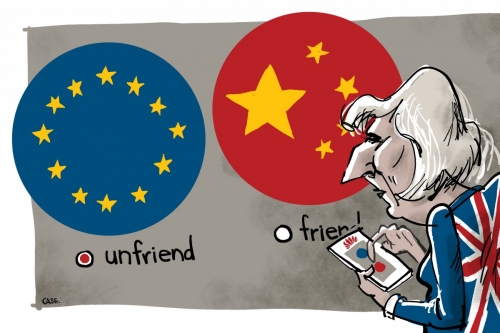

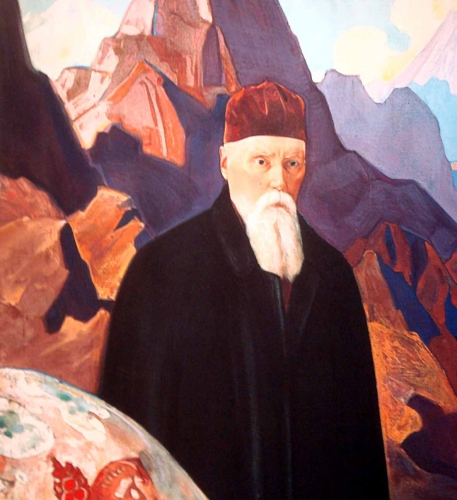
 After leaving Russia, the Roerichs and their two sons had first gone to Scandinavia, then made their way to England, eventually arriving on the shores of America. But the United States was not their ultimate destination. Their actual goal was India. For some years after 1917, India – the Raj – was closely maintained by the British who were constantly on guard against infiltration by Russian Bolsheviks bringing their inflammatory thoughts of revolution. The Roerichs were clearly on the list of those not wanted. In time, the way did open for them to enter India and although they never knew it, they were continually kept under surveillance. This fact accounts for many of their hardships.
After leaving Russia, the Roerichs and their two sons had first gone to Scandinavia, then made their way to England, eventually arriving on the shores of America. But the United States was not their ultimate destination. Their actual goal was India. For some years after 1917, India – the Raj – was closely maintained by the British who were constantly on guard against infiltration by Russian Bolsheviks bringing their inflammatory thoughts of revolution. The Roerichs were clearly on the list of those not wanted. In time, the way did open for them to enter India and although they never knew it, they were continually kept under surveillance. This fact accounts for many of their hardships. 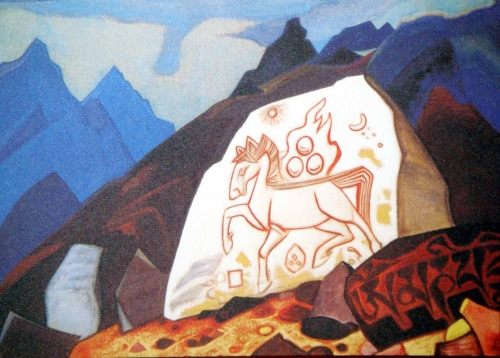







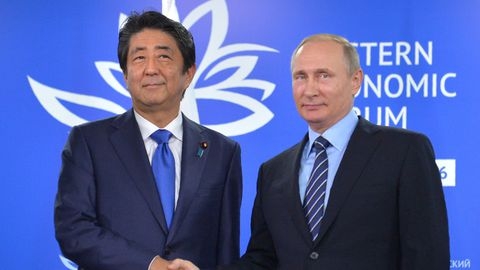
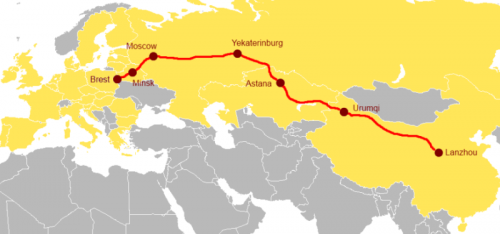
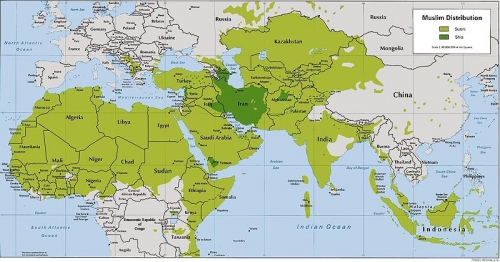
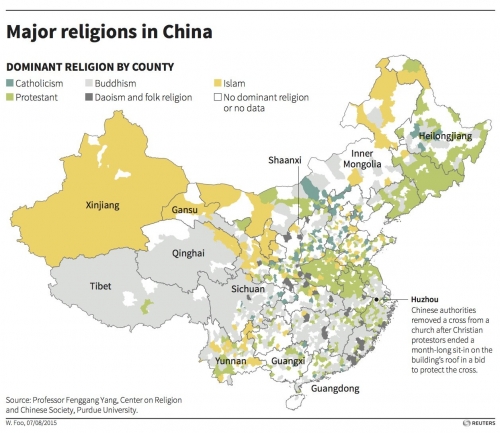
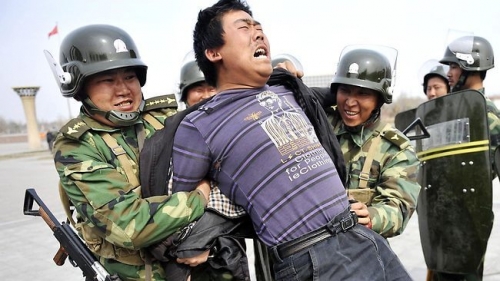
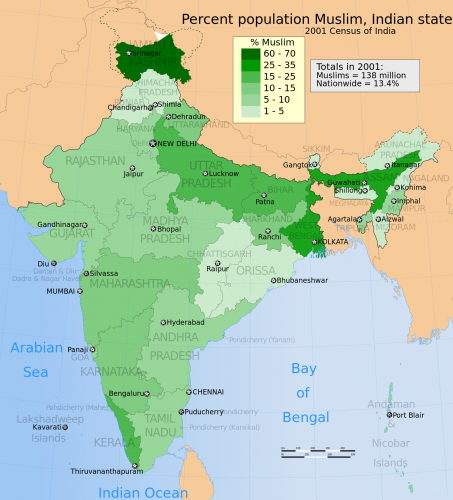

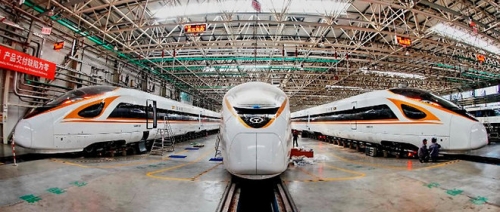
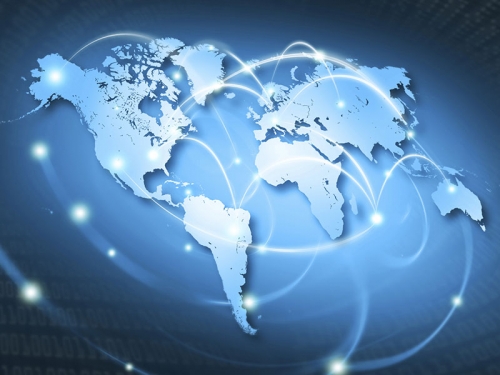
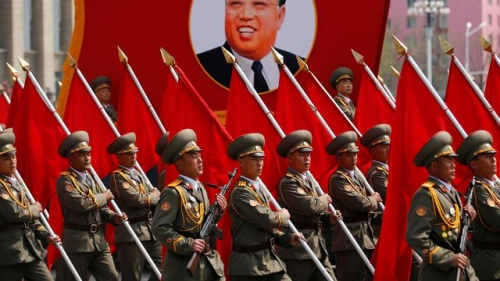
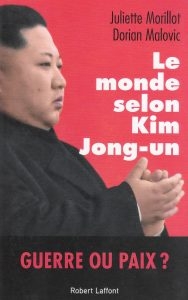 Certes, depuis une seconde rencontre à Hanoï en février 2019 qui fut un échec et une brève entrevue sur la ligne de démarcation de Panmunjom en juin dernier qui fit néanmoins de Donald Trump le premier président des États-Unis à fouler un instant le sol de la République populaire et démocratique de Corée (RPDC), les tensions reprennent entre Washington et Pyongyang en raison de la suffisance des États-Unis incapables de conclure le moindre compromis.
Certes, depuis une seconde rencontre à Hanoï en février 2019 qui fut un échec et une brève entrevue sur la ligne de démarcation de Panmunjom en juin dernier qui fit néanmoins de Donald Trump le premier président des États-Unis à fouler un instant le sol de la République populaire et démocratique de Corée (RPDC), les tensions reprennent entre Washington et Pyongyang en raison de la suffisance des États-Unis incapables de conclure le moindre compromis.